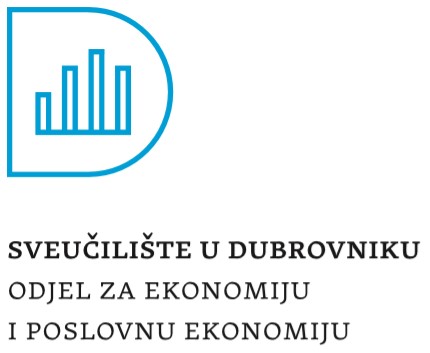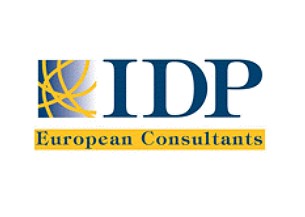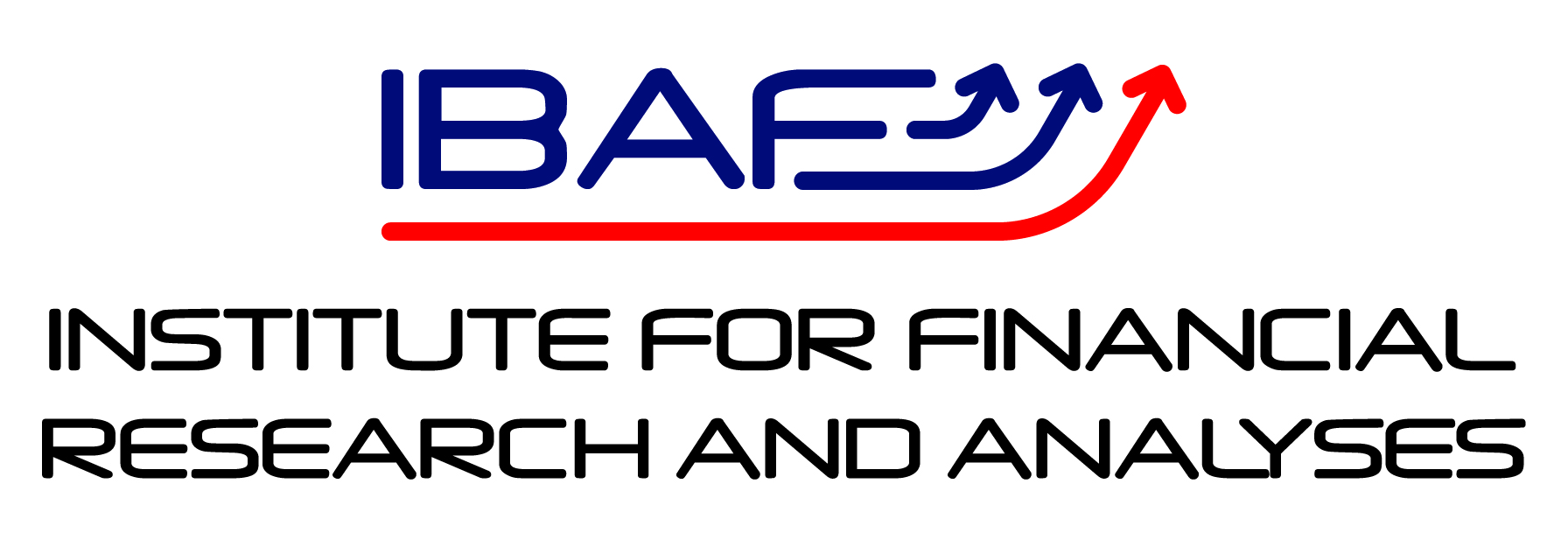|
|
|
CAPTURING VALUE IN DIGITAL ENVIRONMENT
IntroductionClick to read 
•Setting a value capture strategy
•Customer purchasing options
•Calibrating pricing structure
•Innovation in value capture
At the end of this modul you will be able to:
- Understand the importance of capturing value in digital environment
- Distinguish between the actionable conceptual frameworks and analytical tools for making value capturing decisions in uncertain and dynamic digital environment
- Be able to understand, assess and calibrate the pricing structures for an offering
- Understand new innovation-based business models
Setting a value capture strategyClick to read 
How does it fit together?

Source: Rachinger, et. al. (2019)
The business logic triangle (Osterwalder and Pigneur, 2002) differentiates between the business processes on the bottom and the strategic planning level on the top.
In between lies the architectural level - the business model that represents the company’s reason for creating and capturing value by offering specific value propositions to existing and potential future customers (Teece, 2018).
The business model links the planning with the implementation level.
Value Creation and Value CaptureClick to read 
Value CaptureClick to read 
•The business meets its objectives by creating value for its customers and for itself
•This course is focused on how business captures value for its sustainability, development and growth in digital environment
•New ideas, launched within a new enterprise or inside an established company, have tobe supported by a value capture strategy
•The value capture strategy is how the companies in digital landscape ensure the profitability when they launch a business.
Setting a value capture strategyClick to read 
•A strategy for value capture has 3 parts:
1.A statement of the objectives that drive value capture
2.An assessment of the implication on pricing of the effective market forces
3.The case that can be made to the customers for an ROI (Whittington, 2018)
Objectives that drive value captureClick to read 
•The starting point for consideration of pricing should be the question of what the venture wants to achieve from its pricing:
•to meet targets for revenue or profit margins,
•to maximize the value created for the customer,
•to maximize repeatable revenue growth etc..
•The value capture objectives can change over time in response to experience, change of plan or market events
Implication on pricing of the effective market forcesClick to read 


•The pricing implication of the venture’s negotiating of bargaining power relate to both supply- and demand-sides of the business.
•On supply-side, the bargaining power of suppliers affects the company’s cost base and available pricing options.
•On the demand-side, the bargaining power of buyers influences and may limit the pricing levels that can be achieved.
•A company’s bargaining power with its customers can be increased by investing in:
•high-level sponsorships within customer organization
•a loyalty building programmes across the customer organization to enhance the perception of value
•offering partnership deals that involve mutual investment (Whittington, 2018)
Customer purchasing options
Licence offeringsClick to read 
•A customer is invited to purchase a license to own or to use a product
•License can be:
•physical
•software
•or a combination of two.
•Any license has associated terms that state if:
•Perpetual (applies indefinitely) vs. the license applies for a limited period
•Exclusive to the purchasing customer vs. same license may be purchased by many customers
•If it can be resold or transferred by the customer to another party, and if so, under which conditions
•In the case of an open-source license - under what conditions the product, may be used, modified and shared.
Service offeringsClick to read 
•The offering is packaged into a service offering to which the customer in invited to subscribe.
•This may be charged by:
•time
•usage
•achievement of some deliverable or output.
Payments to accessClick to read 
•Payments to Access to a Special Asset:
•The customer may be invited to pay access to, or usage of, a specialist asset (e.g. studio or manufacturing facility that provides equipment and skilled support staff).
Payments for commitmentClick to read 
•The customer or competitor may be invited to pay the venture in exchange for a commitment (e.g. a promise to avoid or exclude promotional activity in a particular market for an agreed time).
Calibrating pricing structure
Choosing a pricing strategyClick to read 
•A pricing strategy - buisnesses use it to determine how much to sell their goods or services for.
•To calibrate the right pricing strategy, businesses should understand:
•product,
•market, and
•customers.
•According to Whittington (2018), when deciding on the pricing strategy businesses should consider:
•the value capture objectives,
•the implications of the applicable market forces,
the strength of the ROI and the nature of the customer purchasing option and process
Cost Plus or Open Book PricingClick to read 
•The selling price= a defined profit margin + the cost of production and distribution.
•Cost-plus pricing is often used on government contracts (cost-plus contracts), such as military procurement.
Dynamic PricingClick to read 
•Businesses set flexible prices for products or services based on current market demands.
•Used in hospitality, tourism, entertainment, retail, electricity, and public transport.
•It is a pricing strategy used by businesses that can exploit available dana and depend on the variables that change over time.
Competition Based PricingClick to read 
•Assumes that the company sets prices in relation to the prices of its competitors.
•If the offerings compete head-to-head:
•to set the price to undercut the competition, or
•to create innovative volume pricing options that reduce the unit cost to the customer
•If the offering is distinctive or disruptive in some way:
•to set the same price or
•to set a higher price than the completion, which is sometimes called premium pricing, and it is usually used to exploit a strong brand name.
Demand or Value-based PricingClick to read 
•The price is set with reference to the value delivered to the customer.
•This method applies usually to products designed to improve a customer's self-image.
•Our willingness to pay depends upon the value we place into the product we want and need, which in turns depend on many aspects of our lives and characters.
SkimmingClick to read 
•A marketer sets a relatively high initial price for a product or service at first, then lowers the price over time.
•It is specific for first-movers which set a high initial price and then reduce this over time as competitors emerge.
•As the demand of the first customers is satisfied, the firm lowers the price to attract another, more price-sensitive segment.
Penetration PricingClick to read 
•Like skimming, this approach exploits the first-mover advantage.
•In this case the strategy is to set a low (or even zero) initial price to achieve rapid market share before the competition emerges.
•This approach converts first-mover advantage into market share, rather than short-term revenue
•An extreme form of penetration pricing is called predatory pricing.
Freemium PricingClick to read 
•This approach became popular across B2C software offerings: an entry level of functionality is offered free of charge, with options to pay for an upgrade to a premium of professional level offering that provides enhanced features, data of functionality (Whittington, 2018).
•The great attraction of the approach is its low-risk offer to the customer of a way to try out the offering and get started.
Additional pricing strategiesClick to read 
Calibrating a pricing strategyClick to read 
•The pricing level may be calibrated based on:
•an evidence case demonstrating its value,
•the condition of the current market,
•competitive market forces
•or a market access plan designed to exploit first-mover advantage Whittington (2018).
•In some cases, it makes sense to offer pricing levels specific to market segment and situations.
Innovation in value capture
Innovation in Value CaptureClick to read 
•Value Capture is a business’s ability to create profit from its transactions
•In his book, Zero to One, Thiel says “… your company could create a lot of value without becoming very valuable itself. Creating value is not enough — you also need to capture some of the value you create".
Capture more valueClick to read 
•Stefan Michel in his article “Capture More Value” in Harvard Business Review explains that in the digital environment both innovations matter –
•one in value creation,
•the other in value capture.
•E.g. Facebook
•Michel explains that Facebook, has an ability to create value for customers.
•Michael argues that it is not at all clear that the company will figure out how to capture enough value to justify its hefty market capitalization and stock price
15 different ways to capture more value from a business’s current engine of value creationClick to read 
Digital Business ModelsClick to read 
•Technology development can facilitate new business models (Baden-Fuller and Haefliger, 2013)
•However, the business model innovation can also occur without technology development.
•In general, business models and technologies regularly interact.
•Amazon
•When Amazon was founded in 1995, they applied new technology to make the traditional mail-order business model pioneered by Sears Roebuck work well for books.
•Amazon did not invent a new business model, nor did Easy-Jet (one of Europe’s most successful low-cost airlines) when it copied the business model pioneered by Southwest Airlines.
•Both Amazon and Easy Jet applied well-known business model constructs and developed them in new contexts.
•Google AdWords
•Google’s two-sided dynamic search engine developed in 2003 is both a technological innovation and a business model linnovation.
•Google used AdWords to provide an interface with advertisers (one side of the two-sided platform) whose choices directly influenced the search experience of users on the other side of the platform (Baden-Fuller and Haefliger, 2013).
Digital business models map with the examplesClick to read 
|

 Play Audio
Play Audio 















